Is Your Invoice Helping You Get Paid?
If I’ve learned one thing in the last year it’s how much freelancers love administrative tasks.
The joy and satisfaction they get from organizing meetings, filing paperwork, and dealing with contracts! Watching their faces light up at the opportunity to pay quarterly taxes, again, can just about break your heart.
And if there is one task that stands out from all the rest as the most beloved administrative task of freelancers it has to be invoicing.
Invoicing: you’d think it’d be more fun.
For many freelancers invoices are like all other administrative tasks: work that takes time for which you can’t be reimbursed and requires skills and attention that have nothing to do with what you’re actually good at doing. It is the work that takes you away from work.
As a result many freelancers try to get invoices taken care of as quickly and effortlessly as possible. Check the task off the to-do list and move on.
If that’s how you’re putting together your invoices, chances are your invoices aren’t helping you get paid. And that’s no good.
Your invoices and how you put them together can help you with marketing, with client service, with future negotiations, and most importantly, with getting paid.
Show Your Work
When identifying work on an invoice many freelancers use short phrases that describe what they did in very general terms.
Website Design $1200
Copyediting $575
Dog walking, 1 month $450
While accurate, these descriptions are boring. They’re uninspiring. They don’t seem to have anything to do with the client. And, since they’re totally out of context, it’s hard to tell whether or not they’re a good value.
Instead of listing your work in short phrases or incomplete sentences, describe what you did for your client and why it was helpful. Help your client connect your work to the success of their project.
One way of doing this is by putting the generic description of the work in bold and then providing more detail below it.
Website Design
Customized design for a website to launch Client’s newest product. Design featured a checkout process optimized for conversion, a direct plug-in to Client’s newsletter software to collect customer email addresses, and accessibility options for users with disabilities.
Don’t want to spent hours and hours thinking of how to describe the work you did? Borrow descriptions from the proposal you sent the client or the Statement of Work that you signed.
Another way of showing your work is by breaking down the large generic task you did into the bite-sized elements that makes the task valuable. Just like you do on your brochures or other marketing material.
Dog Walking, 1 month $450
Service includes:
Two mile walk between 11:00a and 1:30p, Monday-Thursday.
Weekly trips to local dog park with up to ten other dogs.
Weekly report cards on Boozer’s behavior and any noted physical concerns.
Check of Boozer’s water supply and ensuring door is locked when dropped off.
Help the client see themselves in the service or product you’re providing. If they can see how your work is valuable to them, paying you isn’t just about meeting a deadline, it’s about investing in themselves. And investing in one’s self is far, far more compelling than paying a bill.
Tell Them When To Pay You
This sounds obvious, right? If you send out an invoice, it should tell the client when they need to pay.
But many invoices don’t do that. They’ll say “Net 30” or “Due on Receipt” instead. The problem with both of these statements is that they aren’t a date or a time. They may be descriptions of a date or a time, but I can’t find “Net 30” on my calendar.
Make sure your invoice has the exact due date on it. You can still say “Net 30” if you want to, but make sure it also says “Due: February 12, 2015.”
There is evidence that having your invoices due between 7 and 21 days from when they’re sent is a sweet spot for getting paid. Surveys have shown that invoices due in that period of time tend to get paid faster than those with longer, or shorter, payment terms.
It’s entirely my bias, but I’ve never liked invoices that are due on receipt. I feel like they don’t give the client time to be a good client. If they don’t pay immediately, they’re late, and that can feel crummy.
Send it To the Right Person
A lot of freelancers get jammed up getting paid because they don’t send their invoices to the right person.
Often, they’ll send the invoice to the person they’ve been working with. While that might sound like a good idea, it can kick off a Rube Goldberg Machine of bureaucratic internal policies and result in your not getting paid on time, or worse, not getting paid.
If your contract says to send the invoice to a particular person or address: do that thing. If it says to include a Purchase Order number (which should have been given to you when you got the contract): do that thing.
Then send a copy to the person you’ve been working with. Attach a copy to a quick email saying, “I sent this off to Accounts Payable this morning and wanted to make sure you have a copy. Please let me know if you have any questions. If you find out who’s handling this in AP, could you give me their contact info so I can follow up and make sure they received the invoice?”
Sending the invoice in this way gets it to the person that can actually get you paid and makes sure the person most likely to be your biggest advocate, the person who is benefiting from your work, knows what’s going on.
Want to learn more about the different things you can do to get paid faster? I’ll be teaching an online class on getting paid at the end of this month. Space is limited to 20 students and registration opens next week! Learn more about the class here.
Categories: The Rest
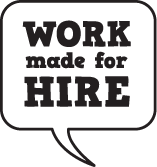
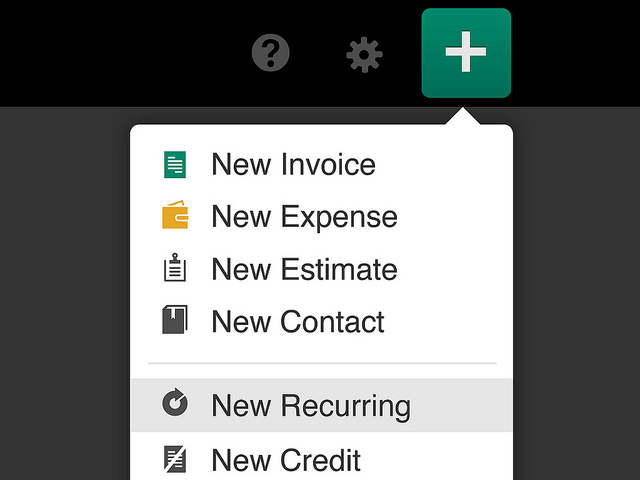
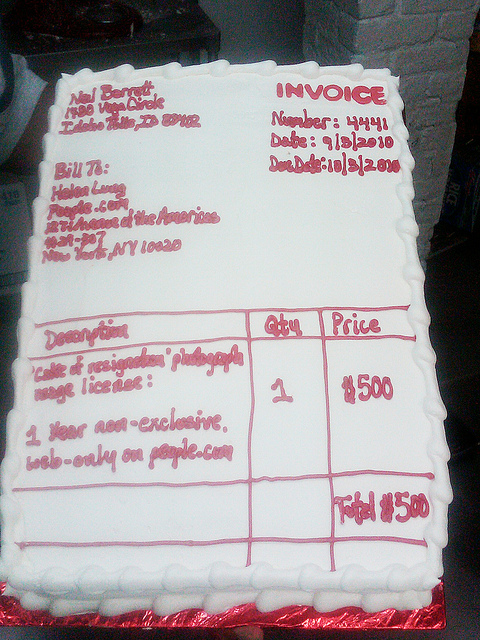
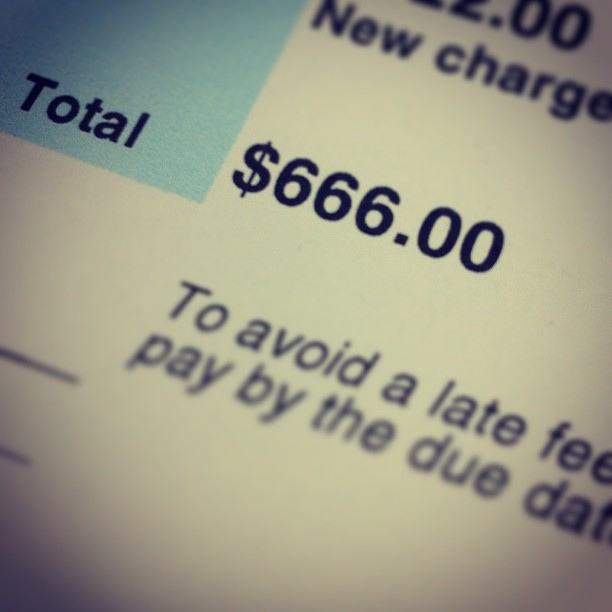
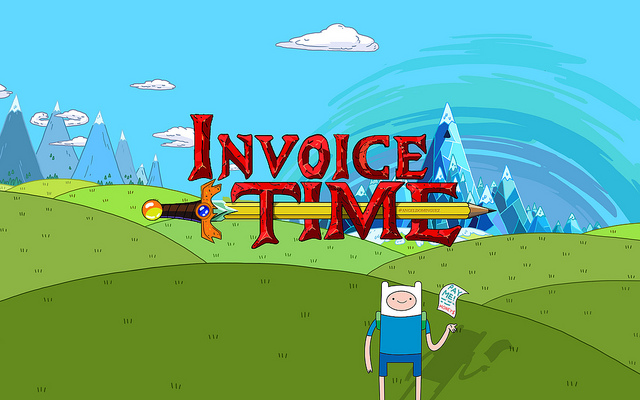


[…] Must Read: Is Your Invoice Helping You Get Paid? […]